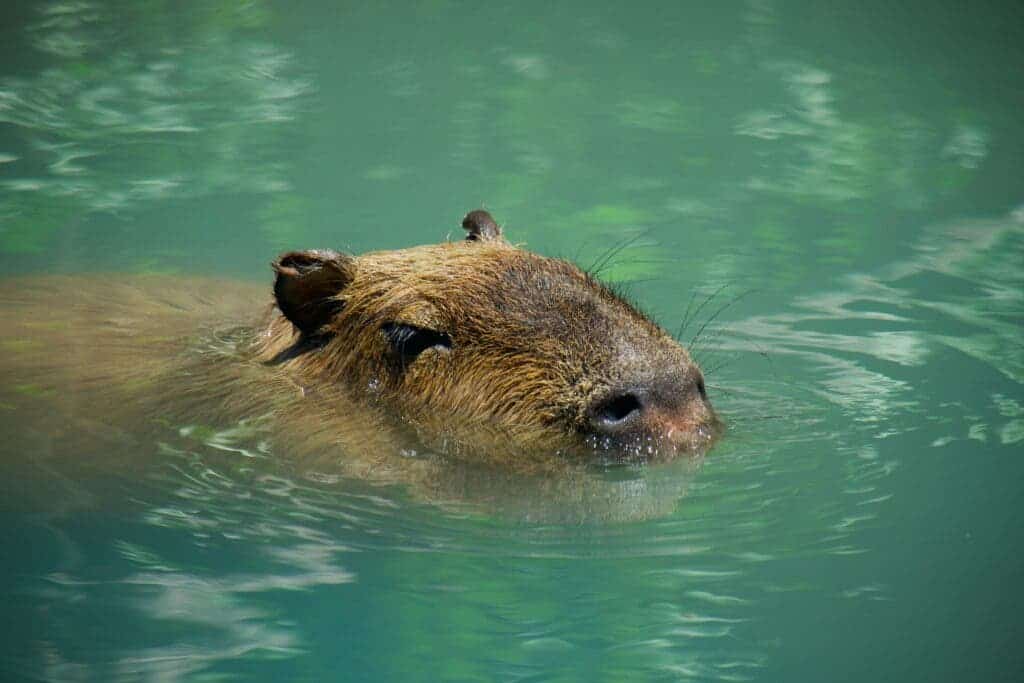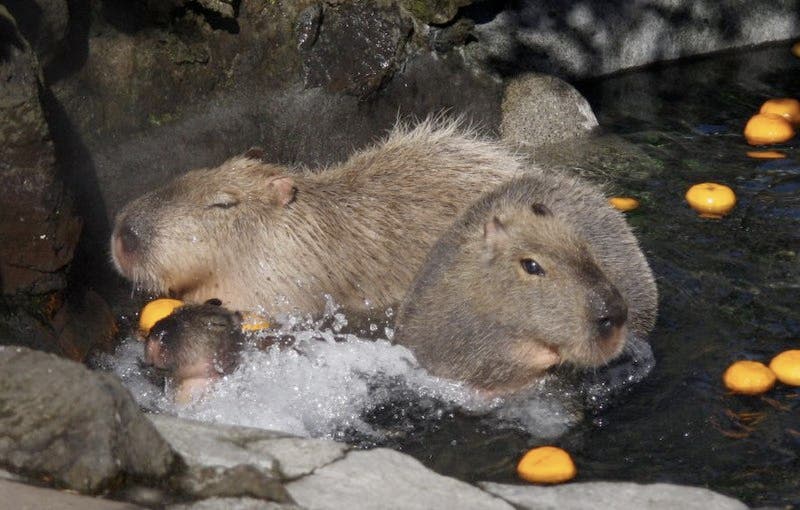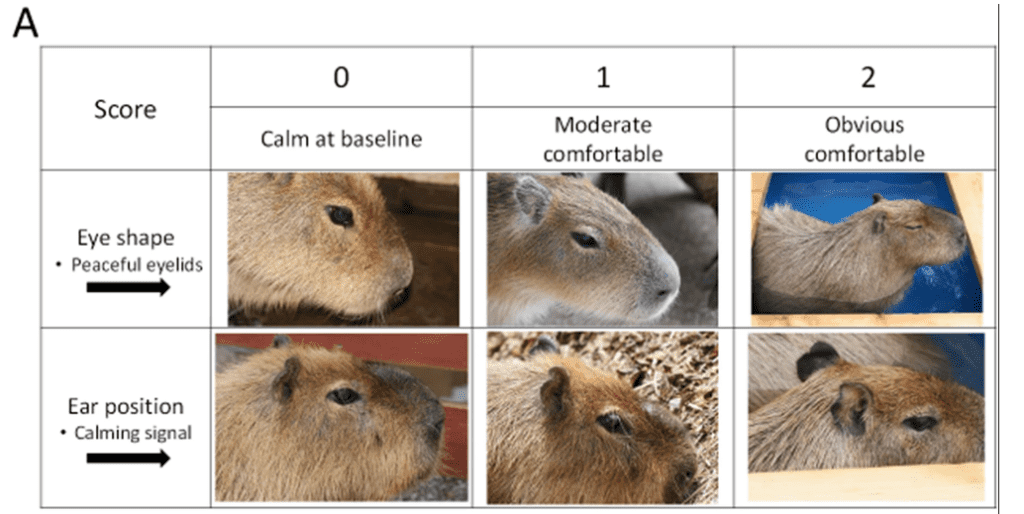Researchers look at the facial expressions of the capybaras and found that the hot water makes them super relaxed and it’s also good for their skin.

How much do you like your bath? A lot
Despite being the largest rodents on Earth nowadays, capybaras are famously friendly. If you’ve ever seen a photo or video of capybaras, the odds are they were relaxing with other capybaras or even with other animals. They’ve become popular in zoos all around the world, but especially in Japan.
Capybaras have become superstars in Japan, and images on social media often show them relaxing in a hot bath along with citrus fruits called yuzu. But since capybaras are from South America, how did it become so common for them to get hot baths in Japan?
It all reportedly started one winter day in 1982, when a zoo worker noticed that a group of capybaras had congregated around a small pool of hot water. Winter in Japan can be quite cold, and capybaras aren’t used to the cold — so the worker figured capybaras could survive the Japanese winter if zoos provided hot baths.
It worked like a charm. Turns out, capybaras love a hot bath, and it became a hit with both the critters and the visitors.
But do capybaras really enjoy bathing? Empirical evidence seems to suggest so, but for a team of researchers in Japan, this wasn’t enough. Zoology professor Tohru Kimura at Yamaguchi University and his student Kengo Inaka took notes during the creatures’ bathtime over three weeks.

Studying this is not as weird as it sounds. It’s not very common for animals to enjoy bathing, and there are few environments in the wild where animals could enjoy a hot bath. But this could have relaxing and potentially even positive effects, the researchers note in the study.
“A hot spring bath is pleasant to take and bathing has very few adverse effects during long-term treatment. In humans, hot springs have been reported to improve skin conditions and it is also known that hot spring therapy has especially beneficial effects on dermatology such as atopic dermatitis, ichthyosis, and psoriasis. In ancient Japanese hot spring villages, there are many traditions that various wild animals found highly efficacious hot springs in wound healing.
But how do you measure whether a capybara is enjoying itself? Well, the key is in facial expressions.
The researchers took hundreds of photos of capybaras across the year, measuring how comfortable they were and how this was reflected in their facial expressions. Ultimately, they developed a scale that had three categories: calm, moderately comfortable, and obviously comfortable.

Basically, the more agitated they are, the wider their eyes are open. But not long after the capybaras go into the hot water, their eyelids peacefully drop, indicating that they are very relaxed.
After they established that capybaras are more relaxed when they bathe, researchers also wanted to see whether the bath has any beneficial effect on them. They found that indeed, the skin of the capybaras (which becomes dry and rough during the Japanese winter) becomes glossier and more hydrated after a hot bath — and the effect persists for weeks.
The team also found that the animals retain heat after a bath, which suggests that regular hot baths may be of great help for capybaras, aiding them to get through the winter. The researchers now want to extend the study to humans as well, noting that the effects of hot baths on human health are insufficiently explored.
“In conclusion, our results reveal that consecutive bathing in an alkaline hot spring is highly effective in improving the rough skin. In addition, the present study documents the heat retention effect after bathing in a hot spring. This experiment demonstrates that hot springs had a significantly dermatological effect on the basis of evaluation for the skin in Capybaras. These findings provide potential that leads to the clue to the improvable effects of the hot spring bathing on human skin.”
The study was published in Nature.






